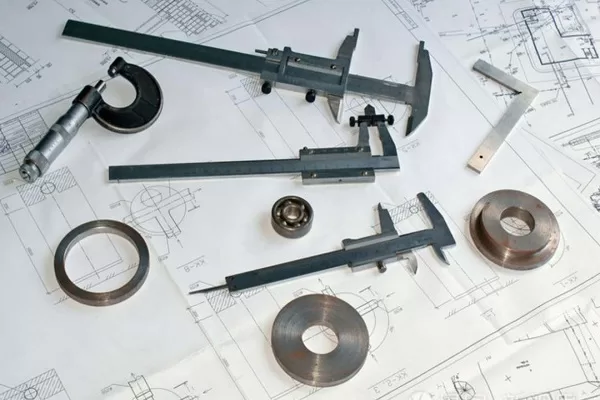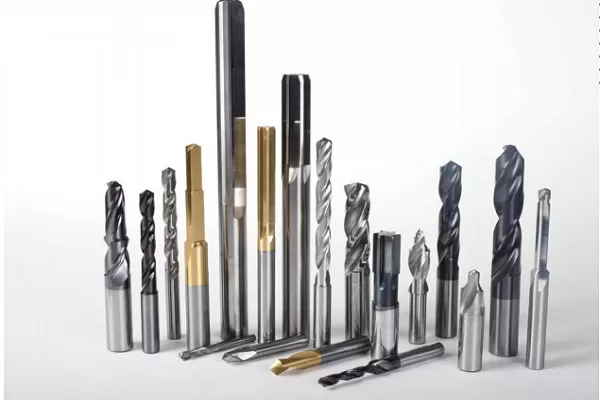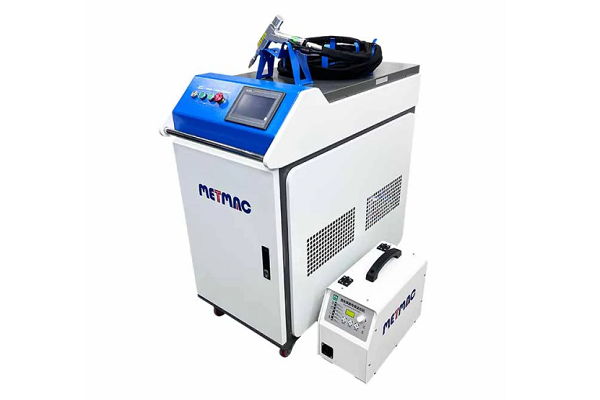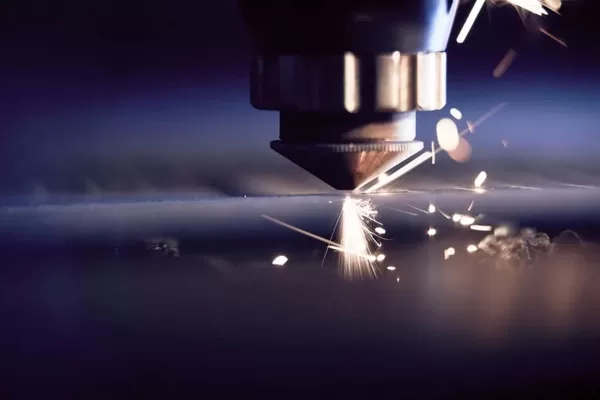
Plate Press Machines – Solutions for Shaping and Forming Sheet Metals
- By:Metmac
- 2024-06-19
- 109
In the field of metalworking, plate presses are essential tools for transforming flat sheets into complex shapes. These machines use immense mechanical force to bend, punch and form metal, allowing manufacturers to produce a wide range of components and structures. This article explores the intricacies of plate presses, exploring their versatility, applications and the benefits they offer.
Principle of operation
Plate presses operate on the principle of the application of a controlled force to a sheet of metal, causing it to deform and conform to the desired shape. This force is generated by a hydraulic or mechanical cylinder that descends on the sheet, pressing it against a die or mold. The shape of the die determines the final shape of the sheet, allowing the creation of complex folds, curves and recesses.
Types of plate presses
Plate presses are available in different types, each suited to specific applications. Mechanical presses use a flywheel and crankshaft mechanism to generate force, providing high speed and precision. Hydraulic presses, on the other hand, offer smooth, controlled movement, making them ideal for delicate forming and punching operations.
Versatility and applications
The versatility of plate presses makes them essential. in many sectors. They are widely used in the automotive, aerospace, shipbuilding and construction industries. From producing vehicle body panels to forming airplane wings and manufacturing structural beams, plate presses play a vital role in shaping the world around us.
Precision and accuracy
Plate presses are renowned for their precision and accuracy. Advanced control systems ensure that the force and movement applied are precisely controlled, resulting in consistent and repeatable results. This precision is crucial for producing high-quality components meeting demanding specifications.
Advantages of plate presses
1. Increased Productivity: Plate presses automate the shaping and forming process, significantly increasing productivity compared to manual methods.
2. Improved quality: The controlled force and precise movement of these machines ensure consistent, high-quality results, minimizing defects and reducing rework.
3. Versatile applications:The ability to form different shapes and sizes makes plate presses suitable for a wide range of industries and applications.
4. Cost-Effective Production: Automation and efficiency of plate presses results in reduced labor costs and increased production, thereby reducing the overall cost of production.
Conclusion
Plate presses are essential tools in the metalworking industry, providing the ability to shape and form metal sheets into intricate and complex shapes. Their versatility, precision and efficiency make them indispensable for a wide range of applications. As technology continues to advance, plate presses will continue to play a vital role in shaping the future of manufacturing.
-
The Advantages of Using a Sheet Roll Forming Machine in Manufacturing
2024/09/14 -
How to Optimize Your Laser Sheet Cutting Machine for Maximum Performance
2024/09/12 -
How to Maximize Efficiency with Modern Sheet Metal Working Machines
2024/09/04 -
The Environmental Benefits of Using Duct Board Grooving Machines
2024/09/03
-
A Guide to the Latest Innovations in Sheet Metal Folding Machines
2024/11/29 -
Key Features to Consider When Investing in a Sheet Metal Folding Machine
2024/11/28 -
Enhancing Precision with Advanced Sheet Metal Folding Machines
2024/11/27 -
How to Choose the Right Sheet Metal Folding Machine for Your Workshop
2024/11/26



